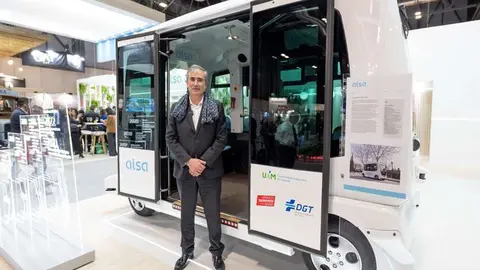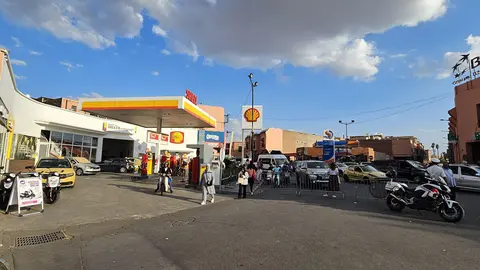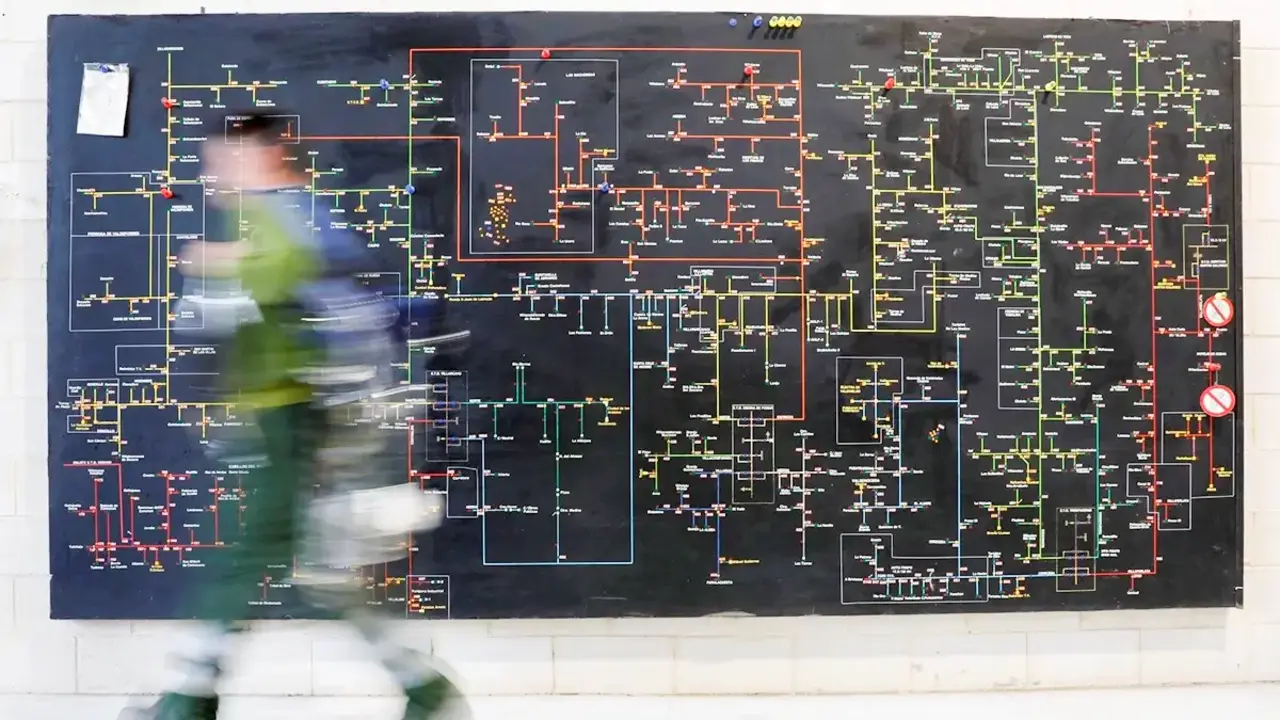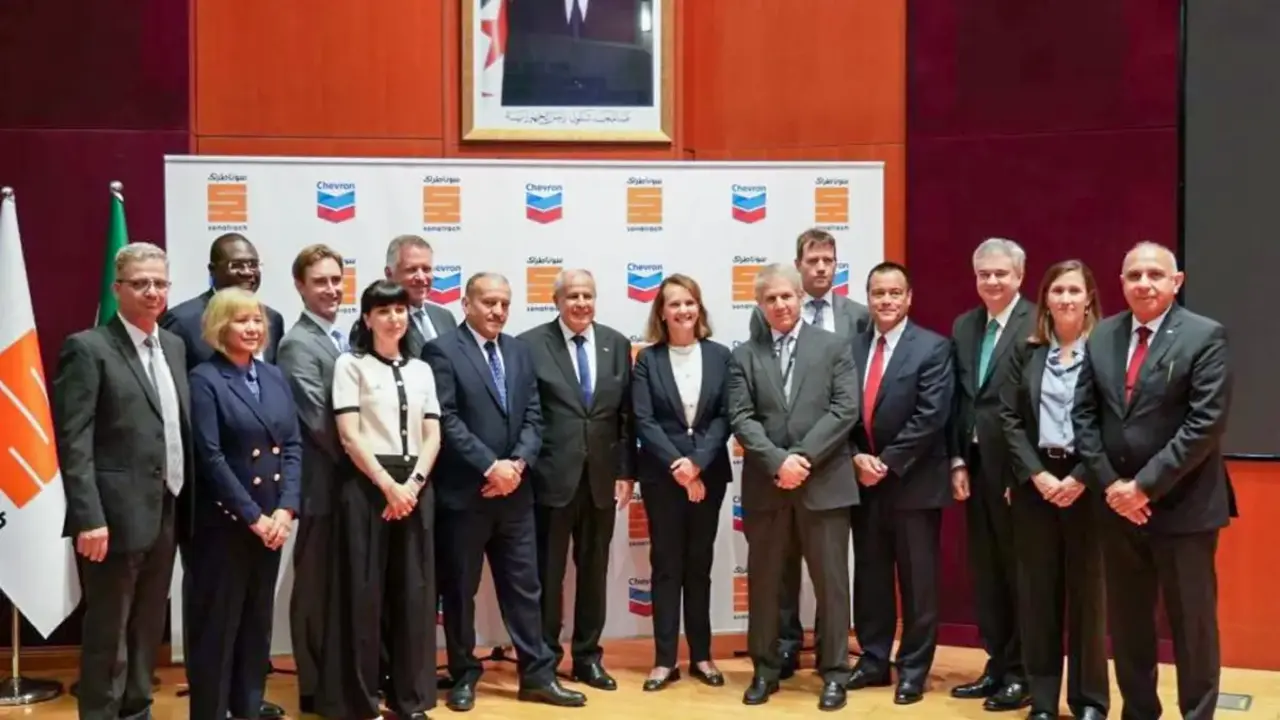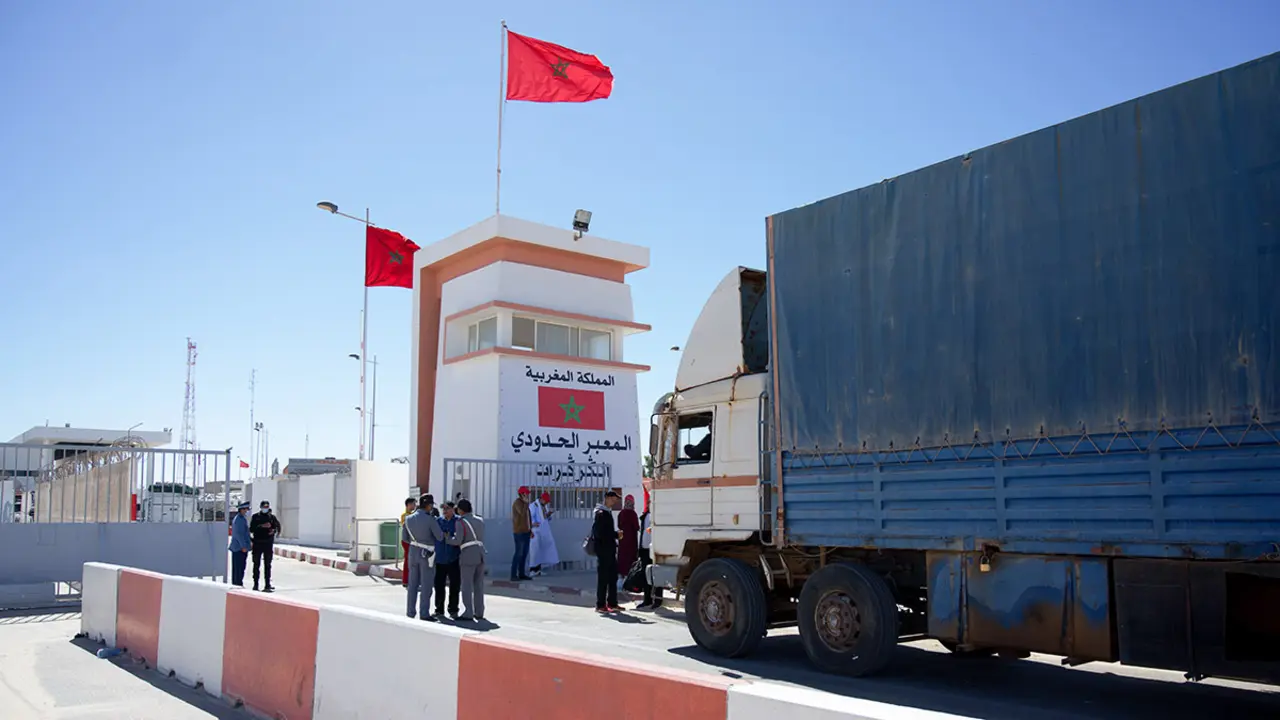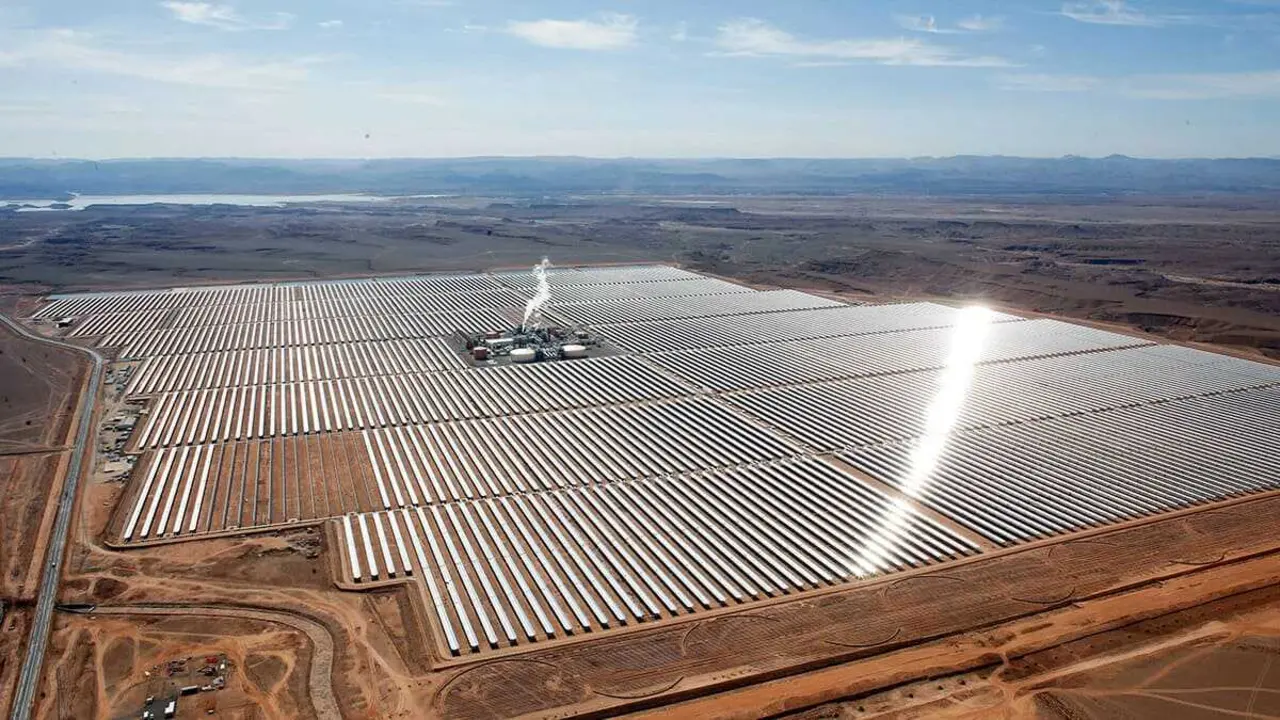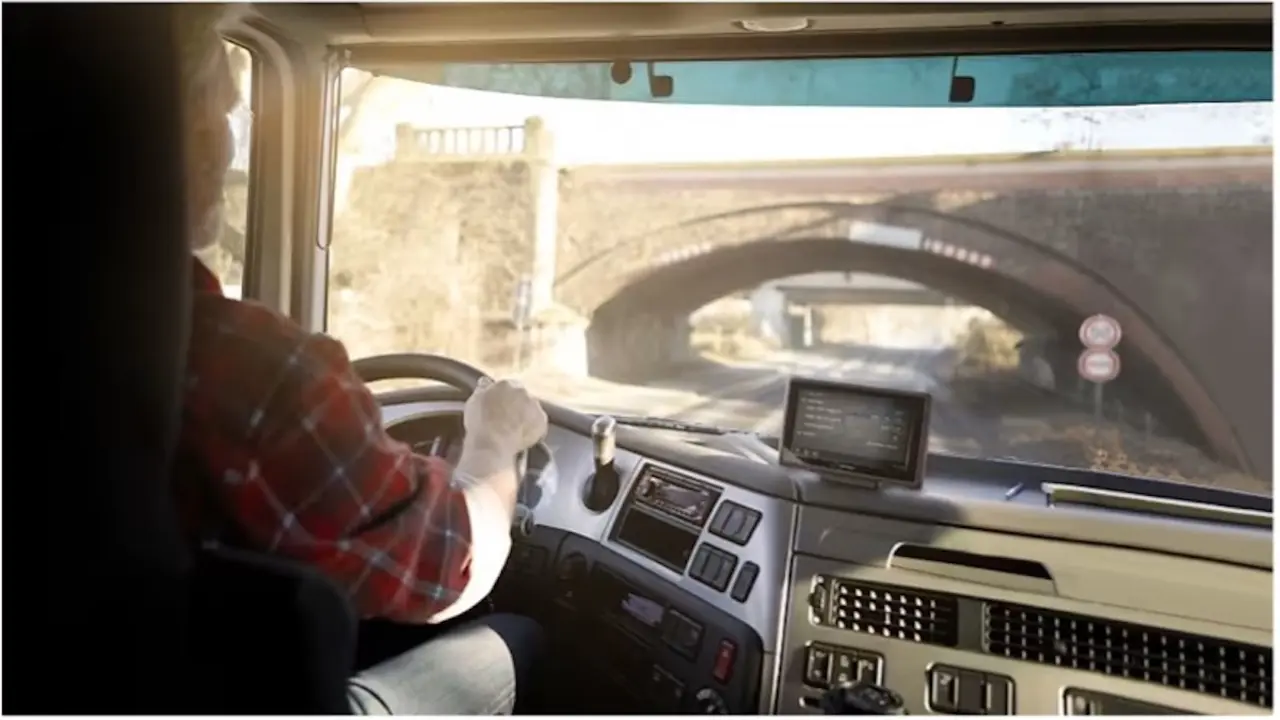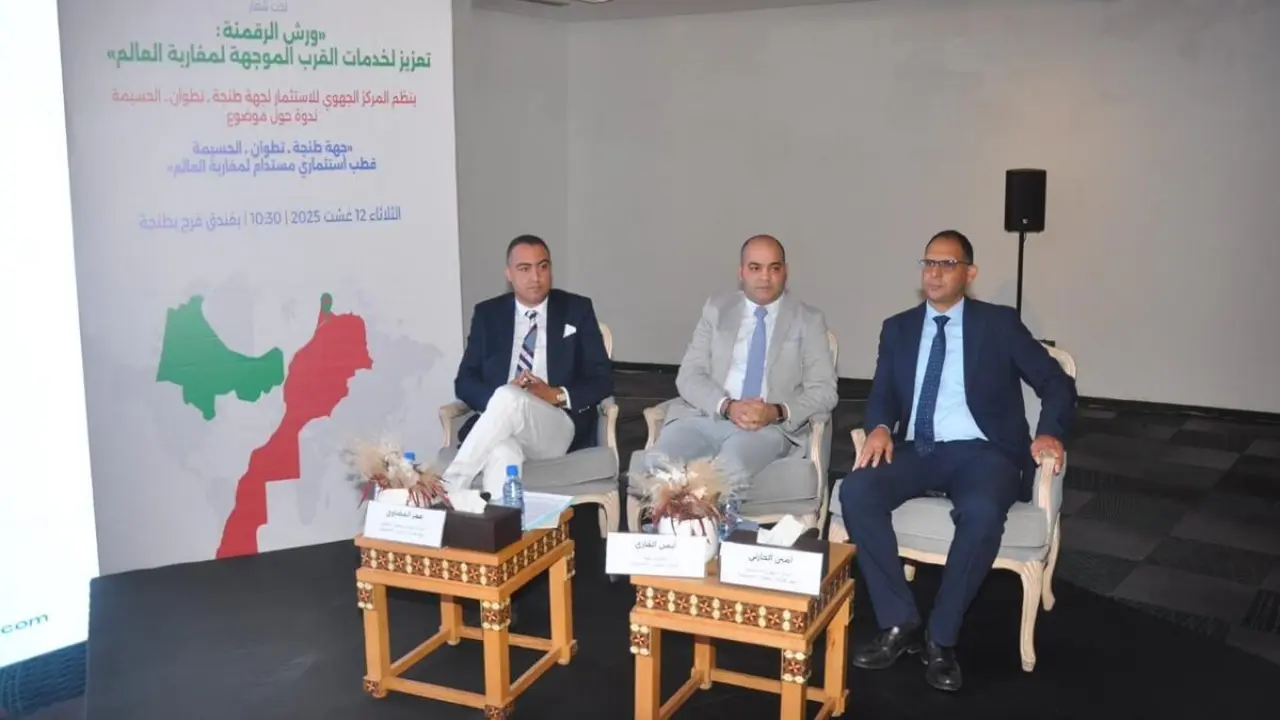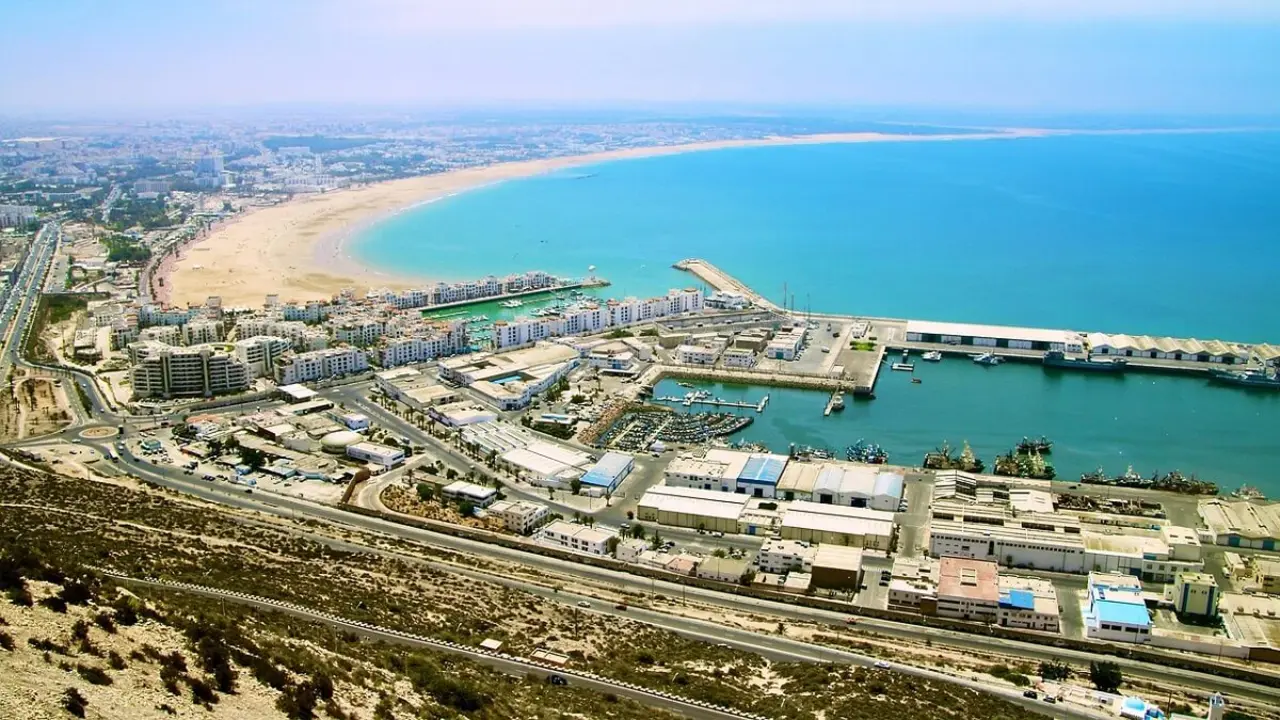Morocco revolutionises public transport with 1.1 billion dollars
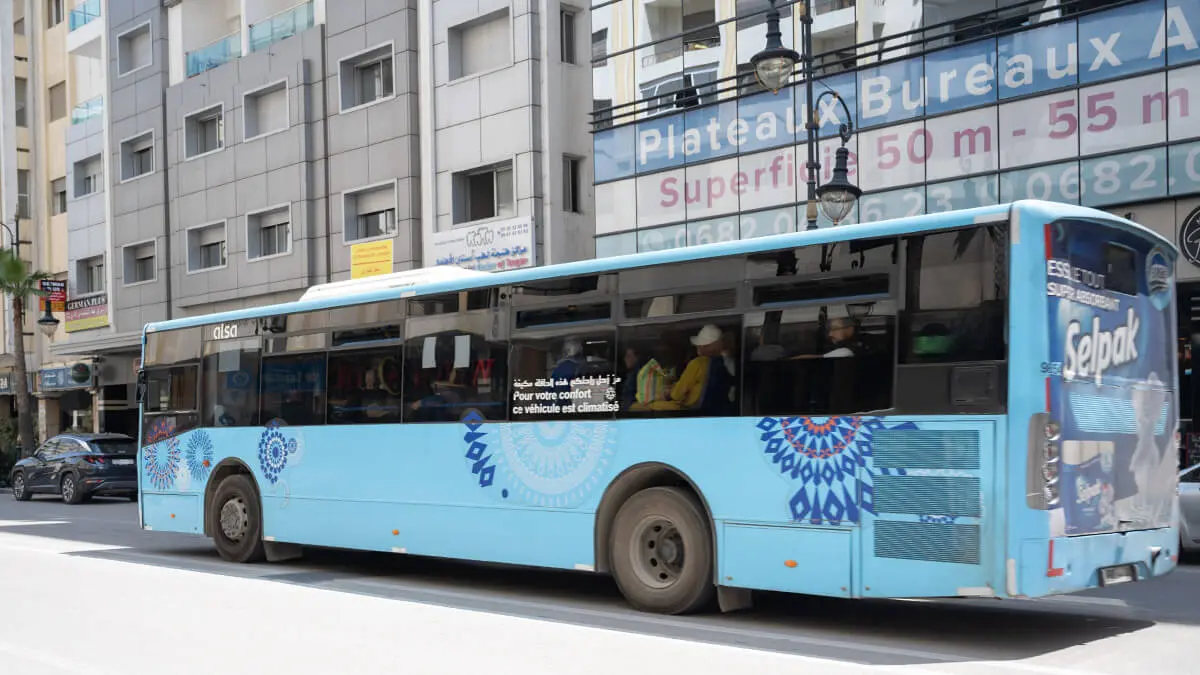
Morocco's Ministry of Interior has unveiled a major investment plan to modernise the country's urban public transport system. This initiative responds to the growing need to improve urban mobility.
The investments will cover various aspects, including buses, maintenance facilities, depots and car parks, ticketing systems and management support tools, the ministry said. Interior Minister Abdelouafi Laftit outlined the plan during the parliamentary session, stressing that the focus will be on the purchase of new buses and the modernisation of infrastructure and management systems.

While the Ministry of Interior and local authorities will cover the initial investment, the programme prioritises sustainable practices through a delegated management model, he explained. This is expected to improve efficiency and financial stability.
This plan goes beyond the purchase of new buses. Laftit confirmed that his ministry is reviewing existing delegated management arrangements, many of which are struggling due to financial and operational issues. These reviews are aimed at restoring budgetary balance, improving the quality of care and ensuring the long-term sustainability of the programme.
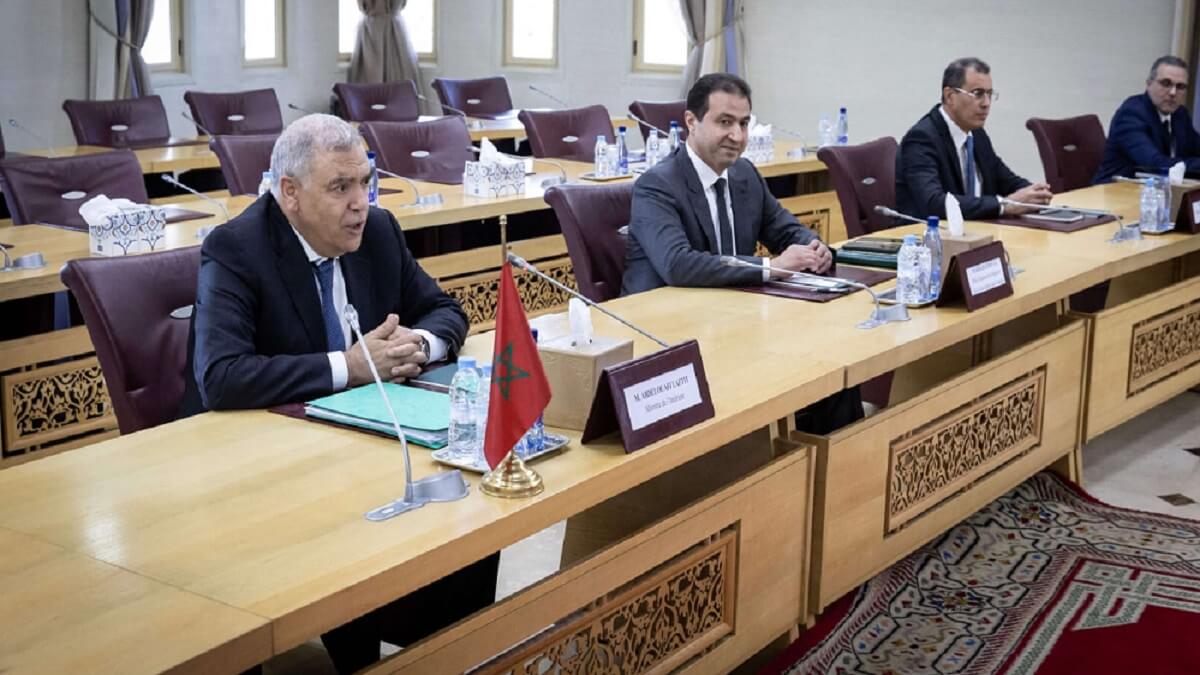
Impact on quality of life and the pocketbook
Improving public bus transport in Morocco could have a significant impact on people's quality of life and the economy. For example, the time saved by public transport can be used for productive or leisure activities that improve productivity and quality of life at work and outside work.
In addition, public transport can be a more accessible option for people with disabilities or physical limitations. In terms of economic impact, public transport can be cheaper than travelling by car or taxi. For example, an employee can save 10 dirhams a day on fuel and car maintenance, which can be used to buy food or clothes.

Students can save 5 dirhams per day on contact cards, which can be used to buy books or school supplies. A businessman can save 20 dirhams a day on fuel and parking, which he can use to invest in his business. In addition, public transport can reduce air pollution in cities, which can benefit health and the environment.
Morocco's investment in its urban public transport system reflects a desire to improve mobility in the country's major cities. New buses, combined with modernised infrastructure and management practices, could significantly improve the quality of public transport for millions of Moroccans.

What are the cheapest urban transport options for residents and tourists?
Morocco offers several public transport options connecting major cities and urban areas. City buses are one of the most popular options, with fares ranging from 2 to 5 dirhams (0.20 to 0.50 euros). These buses run every 30 minutes and connect residential and urban areas of the city.
Intercity buses are another option for inter-city travel. These cost between 10 and 20 dirhams (1-2 euros) each and leave every 30-60 minutes. Buses from dozens of companies connect major cities such as Casablanca, Rabat, Fez and Marrakech, although it's mainly the Alsa company that handles most of the traffic.
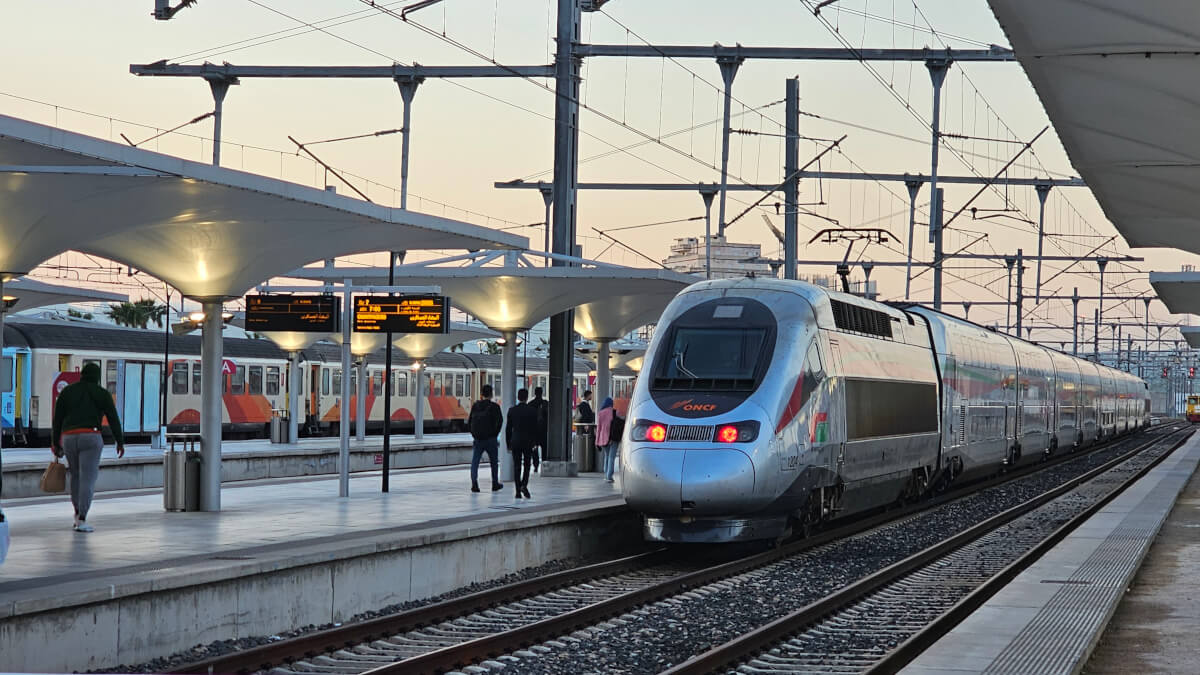
Taxis are a faster and more comfortable option, but also more expensive. The cost of a trip from the airport to the city centre is 50-100 dirhams (5-10 euros). Another option for getting around the city is the minibus. These minibuses cost between 2 and 5 dirhams (0.20-0.50 euros) per trip and leave every 30 minutes and connect the city's districts and urban areas.
Trains are a slower but more convenient option for inter-city travel. Travel costs between Rabat and Casablanca are 20-50 dirhams (2-5 euros) per trip. Trains run every 30-60 minutes and connect Morocco's major cities.
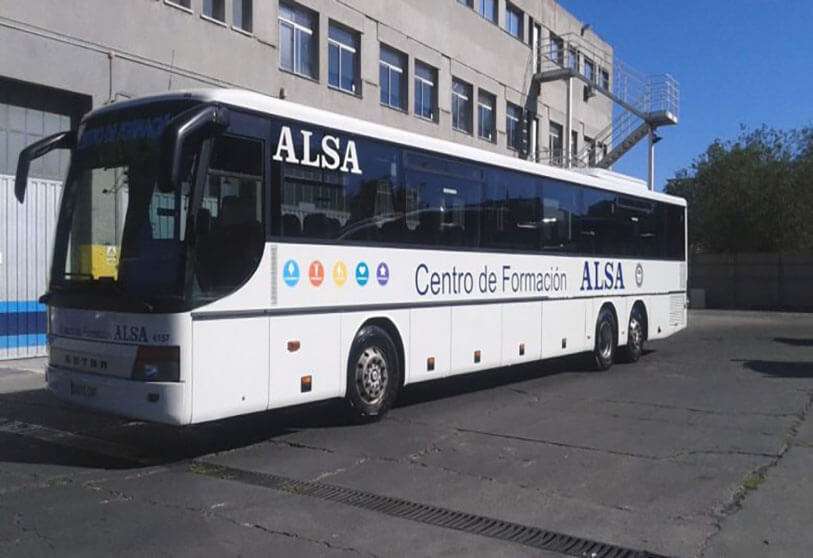
Why have large companies set up in Morocco?
With a growing economy and population, Morocco is an ideal location for companies in the transport sector. The development of cities and the expansion of their metropolitan areas are the ideal climate for the establishment of new companies or existing companies such as Alsa.
The need to increase fleets and renew existing ones, along with job creation and access to new markets are just some of the reasons why bus companies may consider opening operations in Morocco.
In addition, it has invested in roads and highways that can improve connectivity and accessibility in the country. Investment in technology and innovation can also create demand for public transport and create business opportunities for bus companies. With a relatively low cost of living and access to natural resources, Morocco could be an ideal location for bus companies looking to expand.
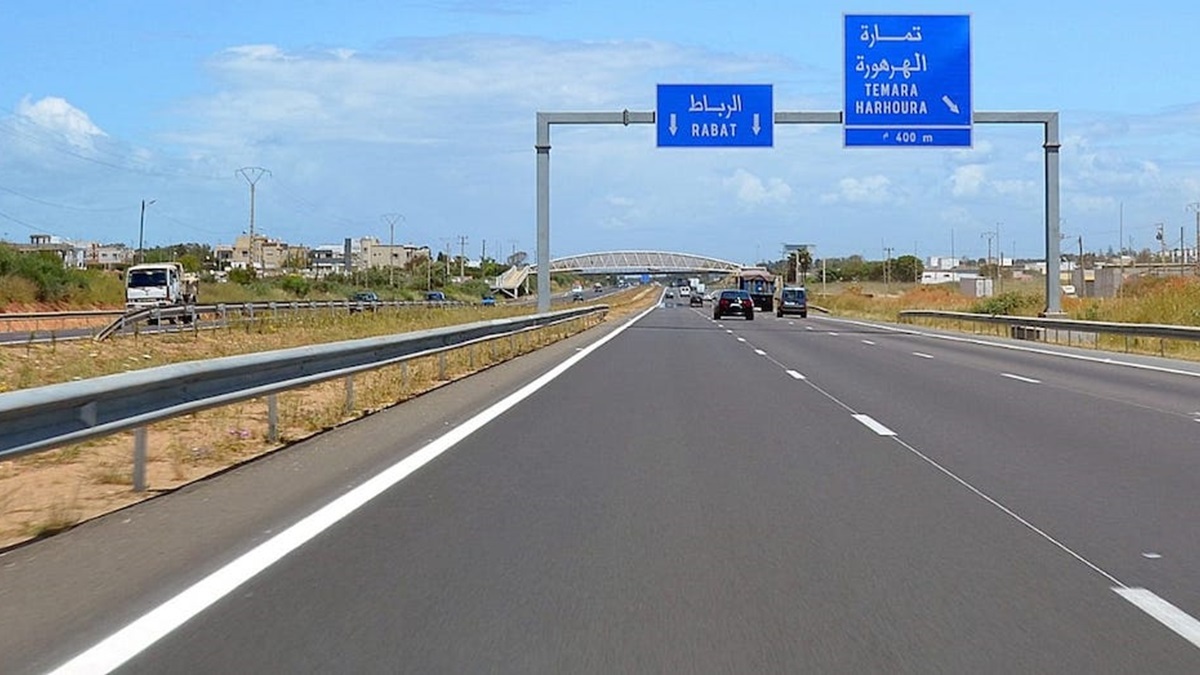
What has been the evolution of transport in Morocco?
Public transport in Morocco has grown significantly over the last 10 years thanks to investment in infrastructure and the expansion of the public transport network.
The state-owned public transport company Société Nationale d'Exploitation de Transports en Bus (ONCF) has significantly expanded its bus network in the last 10 years. For example, the route connecting Casablanca to Rabat has increased from five buses a day to 20 buses a day. The ONCF has introduced new services such as night buses (Nuit Bus) and high-speed buses (Bullet Bus) connecting the country's main cities.
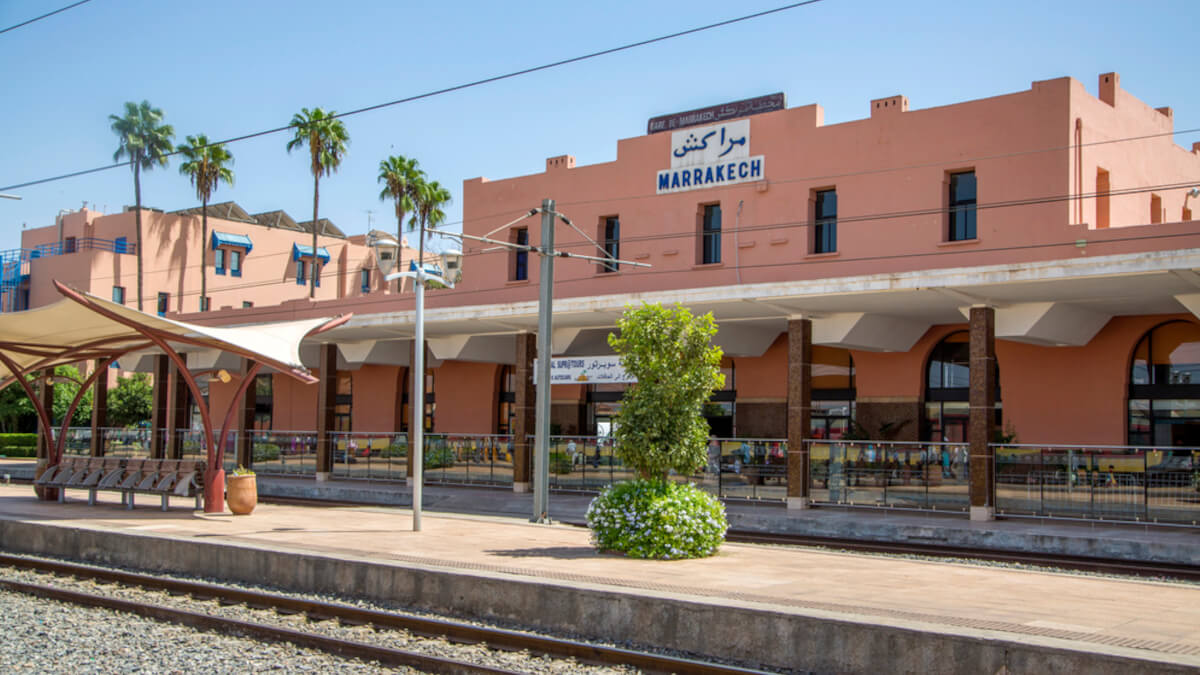
In the past, night travel was rare and expensive, but now the Nuit Bus service offers travellers a cheaper and more comfortable option. In recent years, the frequency and regularity of buses have improved significantly. For example, there are now 12 buses a day on the route connecting Marrakech to Fez instead of four. While inter-city travel used to be cumbersome and time-consuming, it is now possible to travel at reasonable times and with regularity.
The city of Casablanca has undergone a major expansion of its tram network through the opening of new lines and the modernisation of rolling stock. Previously, Casablanca's tram network was limited and did not cover the entire city, but it has now been significantly expanded and covers most of the surrounding areas. The infrastructure of depots and bus stations has improved significantly in recent years.

